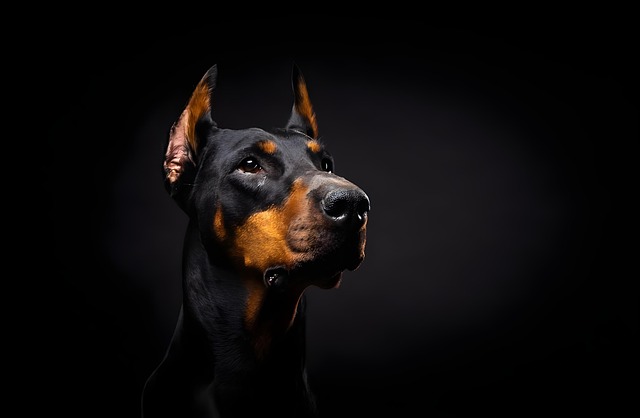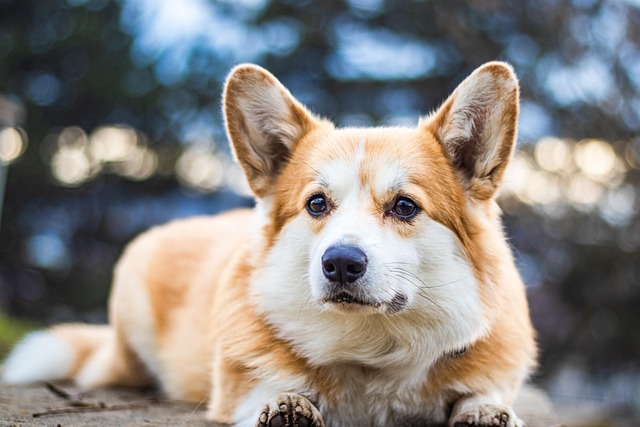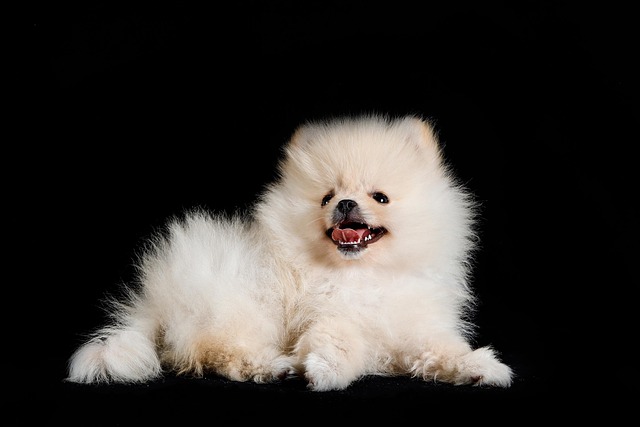
How to test for tetanus in dogs?
Tetanus in dogs often starts with subtle signs most owners miss—like a stiff jaw when grabbing a favorite chew toy or hesitation to climb stairs they once bounded up.
Spotting the line between healthy hydration and excessive water drinking in dogs can be tricky, especially for new pet owners. On a warm summer day at a Chicago dog park, you might see a Labrador gulping water after a frisbee chase, while a tiny Chihuahua just barely wets her nose. Generally, a dog needs about one ounce of water per pound of body weight daily. So, a 40-pound dog should drink around 40 ounces, give or take based on weather, age, activity, and diet. Puppies, nursing moms, and those on dry kibble usually need more, while seniors or dogs on wet food might need a bit less. But when you notice your dog draining bowls faster than ever, repeatedly asking to go outside, or waking you up for midnight drinks, it’s time to consider whether you’re seeing excessive water drinking in dogs, which could be a red flag for bigger issues.
The health risks of excessive water intake in dogs are real and sometimes serious. When a dog consistently drinks more than usual, it can be an early sign of conditions like diabetes mellitus, which causes increased thirst and urination, or kidney disease, where the kidneys can't concentrate urine properly. There’s also a risk of water intoxication—rare, but possible, especially after swimming or play with water hoses—where too much water can dangerously dilute sodium levels, causing confusion, vomiting, or even seizures. In my experience with rescue dogs in Seattle, I’ve seen how sudden changes in drinking habits often signal something more than just a thirstier dog; they can be the first visible clue that your pup’s body is struggling to keep up with an underlying medical issue. Understanding the health risks of excessive water intake in dogs can make all the difference in catching problems early.
But how do you actually know if your dog is overhydrated? Observable signs of overhydration in dogs include your pup needing to pee much more often than usual, sometimes having accidents indoors even if they’re usually house-trained. You might notice lethargy—your dog seems unusually tired, not interested in walks or play. Some dogs develop a pot-bellied appearance or even swelling around their paws or mouth. If you press gently on their gums and they look pale or stay pressed in, this could be a sign of electrolyte imbalance. Owners in apartment buildings from New York often mention hearing their dogs slurping water all through the night or noticing puddles by the door in the morning, which are subtle but important clues. These are not just quirks; they’re signs of overhydration in dogs that shouldn’t be ignored.
So, when should you worry about your dog's water consumption? If your dog suddenly starts drinking much more than usual—say, doubling their normal intake—or if you notice any of the symptoms mentioned above, it’s time to call your veterinarian. Don’t wait for things to resolve on their own. Early intervention is key, as many of these health risks progress quickly. If your dog is a service animal, or if you’re in a community with shared spaces, it’s especially important to address this promptly; excessive urination can affect your neighbors and shared areas, making you liable for cleanup under local regulations. The American Veterinary Medical Association recommends keeping a simple log for a few days: measure how much water you put out, and how much is left after 24 hours. This data can help your vet diagnose the issue more accurately and meet animal welfare guidelines that stress proactive care over punishment or neglect.
If you’re concerned about how much water is too much for dogs and want to manage things at home, start by placing a measured amount of water in your dog’s bowl each morning and tracking what’s left at night. Avoid restricting water suddenly, which can be dangerous, but if you’re seeing a clear pattern, discuss the findings with your vet before making changes. In apartments, try to walk your dog frequently, as increased water intake means more bathroom breaks. Always clean up after your dog in public spaces—local ordinances in most US cities require prompt waste removal, and failing to do so can result in fines. Positive reinforcement is your best friend here: encourage your dog’s good bathroom habits instead of scolding for accidents. Never resort to punishment, as it’s ineffective and goes against US and European standards for humane animal care. Instead, focus on creating a calm, consistent routine, and if you’re ever in doubt about your dog’s hydration, err on the side of caution and reach out to a professional. Remember, a well-hydrated dog is a happy dog, but even too much of a good thing can mean it’s time to check in with your vet.

Tetanus in dogs often starts with subtle signs most owners miss—like a stiff jaw when grabbing a favorite chew toy or hesitation to climb stairs they once bounded up.

If you’re a new dog parent in the US—maybe you’re standing in your Ohio apartment’s pet store aisle, holding a bag labeled “senior dog food” while your 8-year-old Dachshund

If you’re a new dog parent to a senior pup in the US—maybe you’re standing in your Florida apartment’s pet food aisle

Pet owners often worry about hidden health risks for their dogs, and toxoplasmosis is one that flies under the radar for many—understanding how dogs pick it up is key to keeping them safe.

If you’re a new dog parent in the US—maybe you’re standing in your Chicago apartment, staring at your 7-month-old Poodle mix, Bella

Tetanus in dogs comes from bacteria entering open wounds—think a deep cut from a rusty fence nail during a walk, or a scraped paw from digging in contaminated soil.